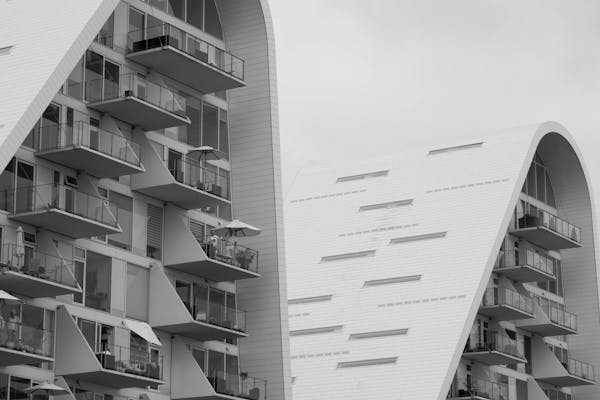
Steel framing has revolutionised the construction industry with its numerous advantages over traditional materials like wood. Whether for residential homes or commercial buildings, the decision to use steel framing offers a range of benefits that make it a smart and strategic choice in modern construction projects.
Strength and Durability:
One of the primary advantages of steel framing is its exceptional strength and durability. Steel is inherently strong and does not suffer from issues like warping, shrinking, or splitting that are common with wood. This characteristic ensures long-term structural integrity, making steel-framed buildings more resistant to wear and tear over time. Additionally, steel can withstand harsh weather conditions, seismic events, and fire hazards better than wood, enhancing overall building safety and longevity.
Cost-Effectiveness and Efficiency:
While the initial cost of steel framing may be slightly higher than wood, it offers significant long-term cost savings. Steel’s lightweight yet robust nature reduces construction time and labor costs, making the overall building process more efficient. Builders can complete projects faster with steel framing, leading to savings in labor expenses and potential project delays. Moreover, steel-framed structures have minimal maintenance requirements compared to wood, leading to lower upkeep expenses over the building’s lifespan.
Design Flexibility and Versatility:
Steel framing allows for greater design flexibility and customisation in both residential and commercial projects. Architects and builders can create large open spaces, incorporate curved walls, and implement unique architectural features more easily with steel framing techniques. This versatility enables the realisation of modern and innovative designs while maintaining structural integrity. The ability to span greater distances without the need for intermediate supports also opens up creative possibilities for interior layouts and building aesthetics.
Sustainability and Environmental Benefits:
Choosing steel framing aligns with sustainability goals due to its eco-friendly properties. Steel is a highly recyclable material that retains its strength and quality even after multiple uses, reducing the demand for new raw materials. By opting for steel framing, construction projects contribute to reducing deforestation and minimising environmental impact compared to traditional wood framing. Additionally, advancements in steel manufacturing processes have made them more energy-efficient, further enhancing their eco-friendly profile.
Safety and Code Compliance:
Steel framing meets stringent building codes and standards for structural safety and performance. It undergoes rigorous testing to ensure its strength and resilience, providing peace of mind to builders, architects, and occupants. Steel-framed buildings offer excellent resistance to pests, mold, and rot, improving indoor air quality and occupant health. They are also less susceptible to damage from termites, which can be a significant concern with wood structures. This inherent safety and durability make steel framing an ideal choice for buildings in areas prone to natural disasters or extreme weather conditions.
Versatility in Construction Types:
Steel framing is not limited to specific types of construction. It is equally effective and versatile in residential, commercial, and industrial projects. Whether constructing single-family homes, multi-story office buildings, retail spaces, or warehouses, steel framing provides the strength, durability, and design flexibility needed to meet diverse construction requirements. Its adaptability to various architectural styles and structural demands makes it a preferred choice for modern construction projects of all scales.
Conclusion:
The advantages of choosing steel framing for residential and commercial construction are vast and impactful. From superior strength and durability to cost-effectiveness, design flexibility, sustainability, safety features, and versatility, steel framing offers a comprehensive solution that aligns with modern construction needs and industry standards. Embracing steel framing reflects a commitment to quality, longevity, and environmental responsibility in the construction industry. As the construction landscape continues to evolve, steel framing remains at the forefront of innovative building solutions, providing builders, architects, and property owners with a reliable and sustainable choice for constructing safe, durable, and aesthetically pleasing structures.
